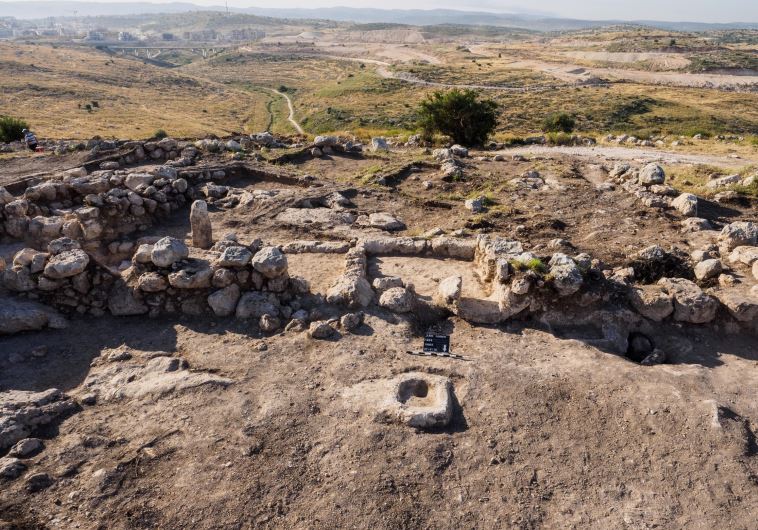Ancient biblical fortress at risk of robbery, neglect - archaeologists
2nd-century fortress was built by a brother of Judah Maccabee, leader of Jewish revolt against the Seleucids, which is celebrated on Hanukkah.
 Aerial view of the Hasmonean estate house near Modi'in.(photo credit: ANTIQUITIES AUTHORITY)
Aerial view of the Hasmonean estate house near Modi'in.(photo credit: ANTIQUITIES AUTHORITY)